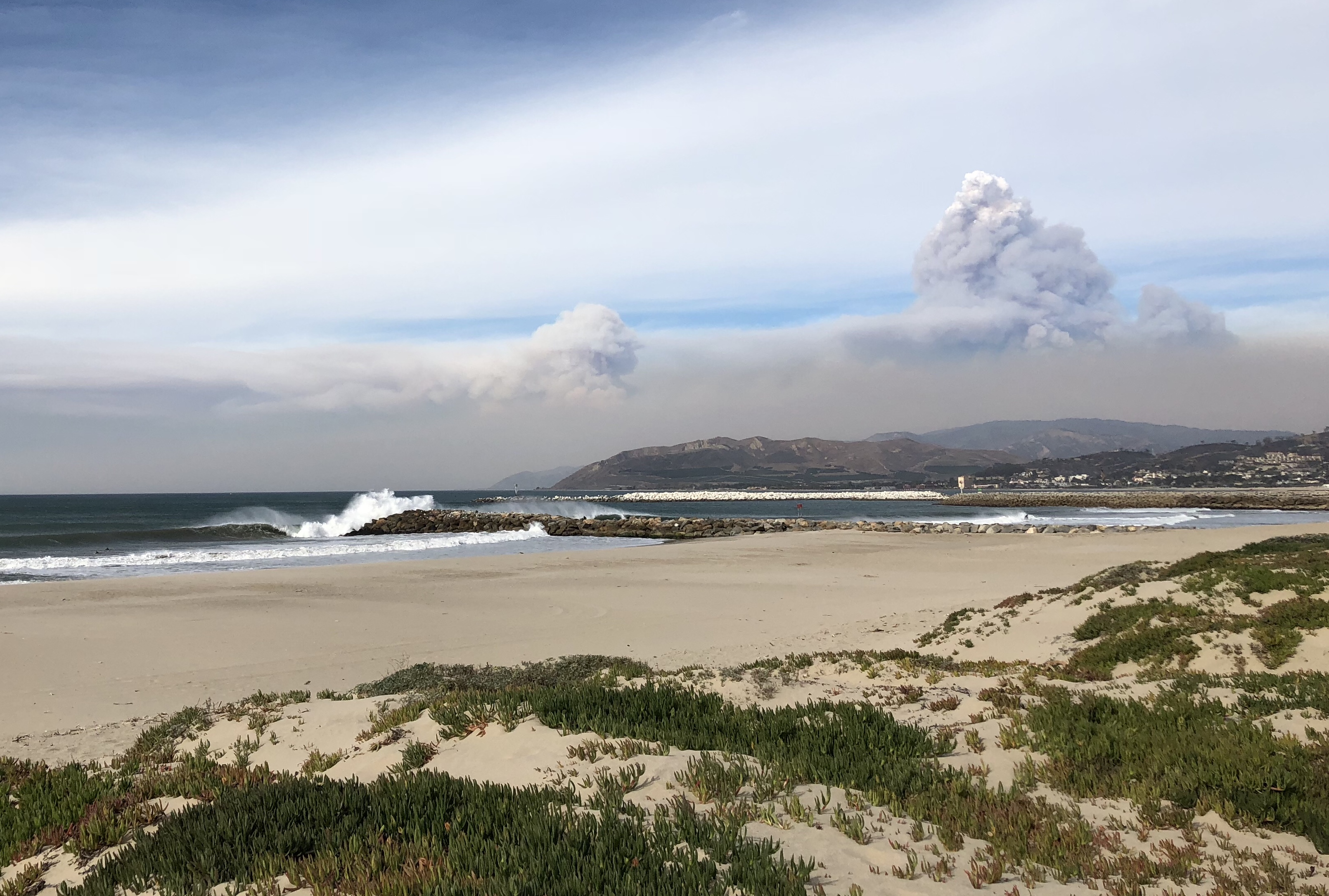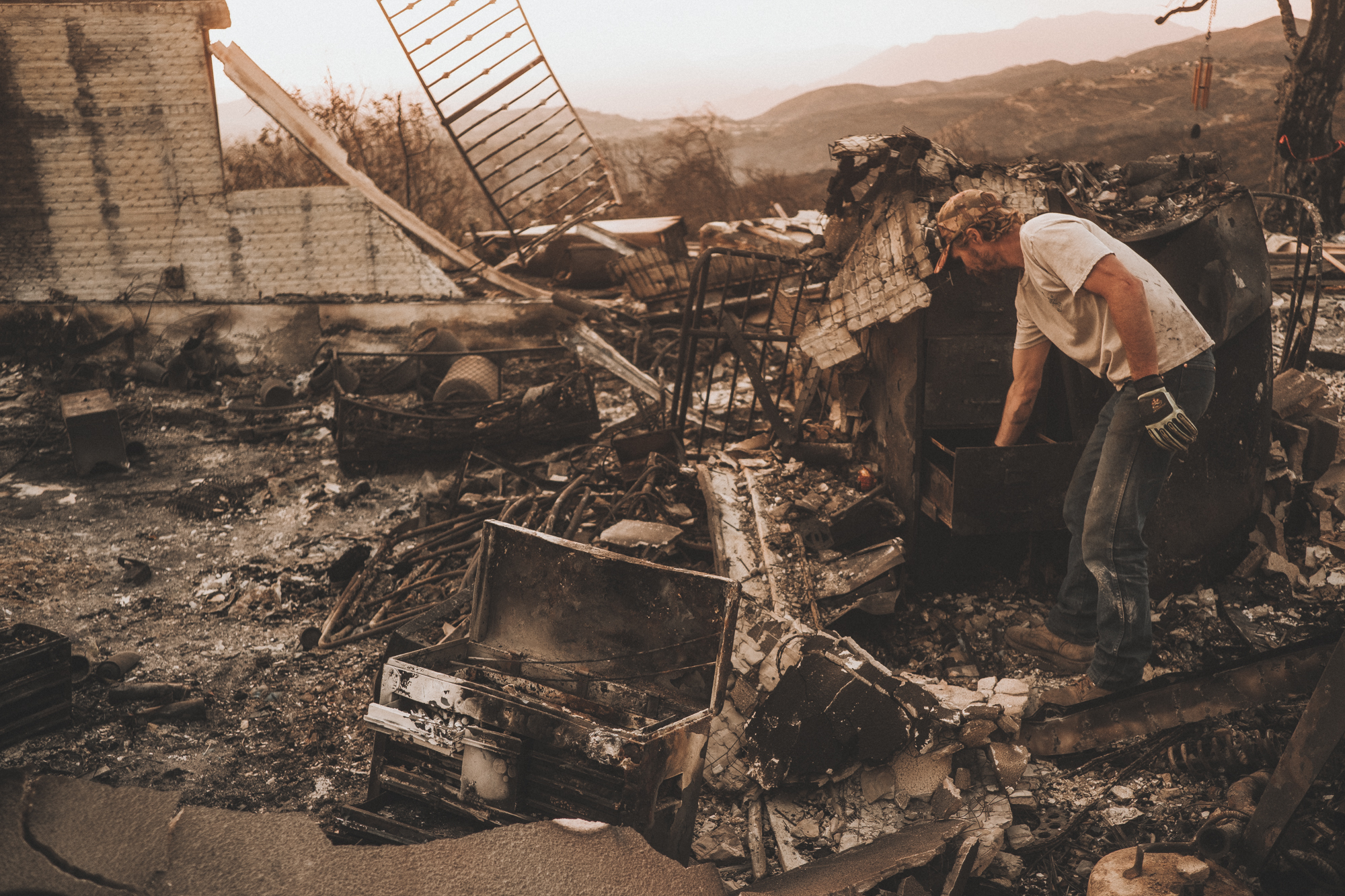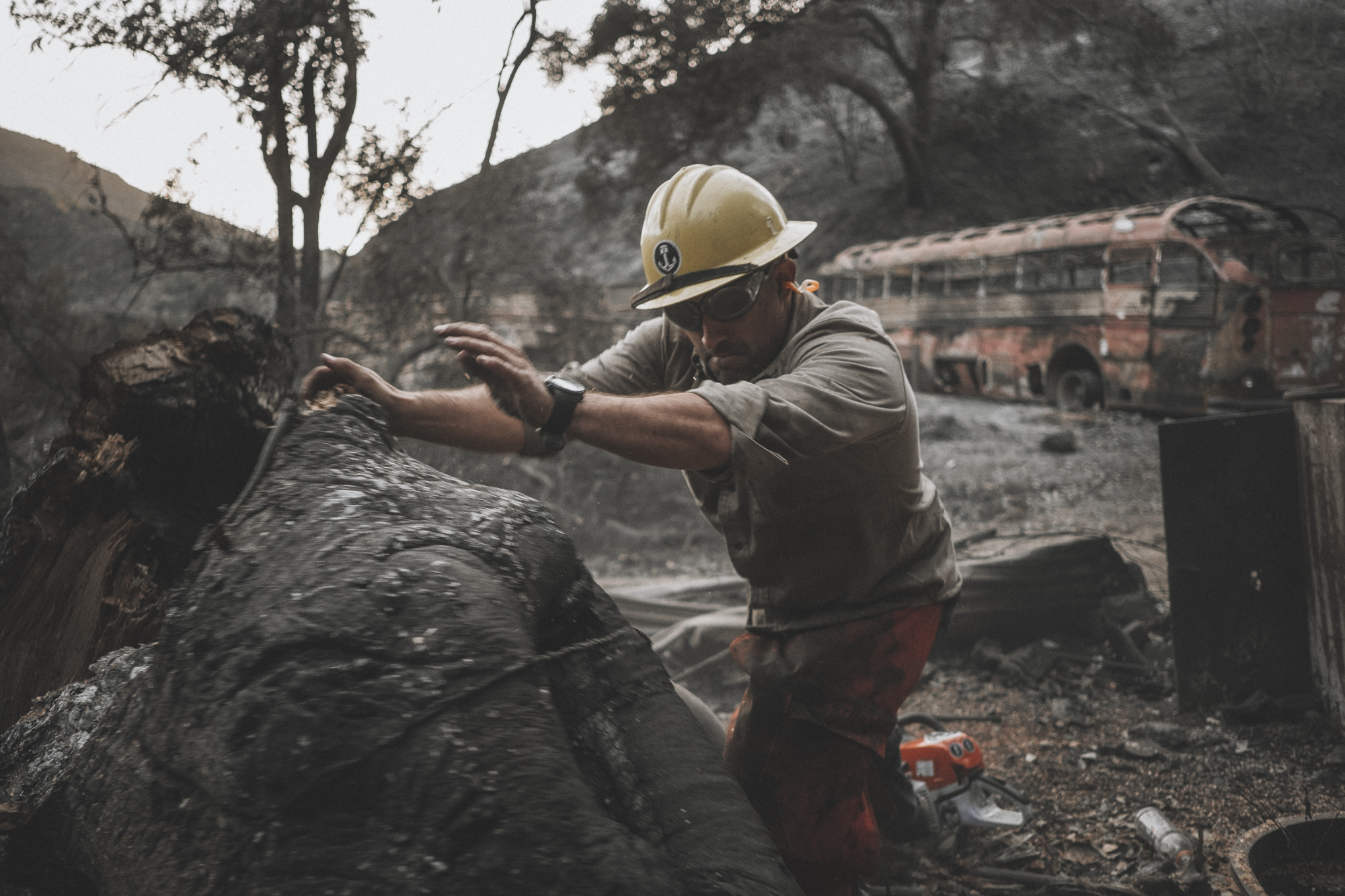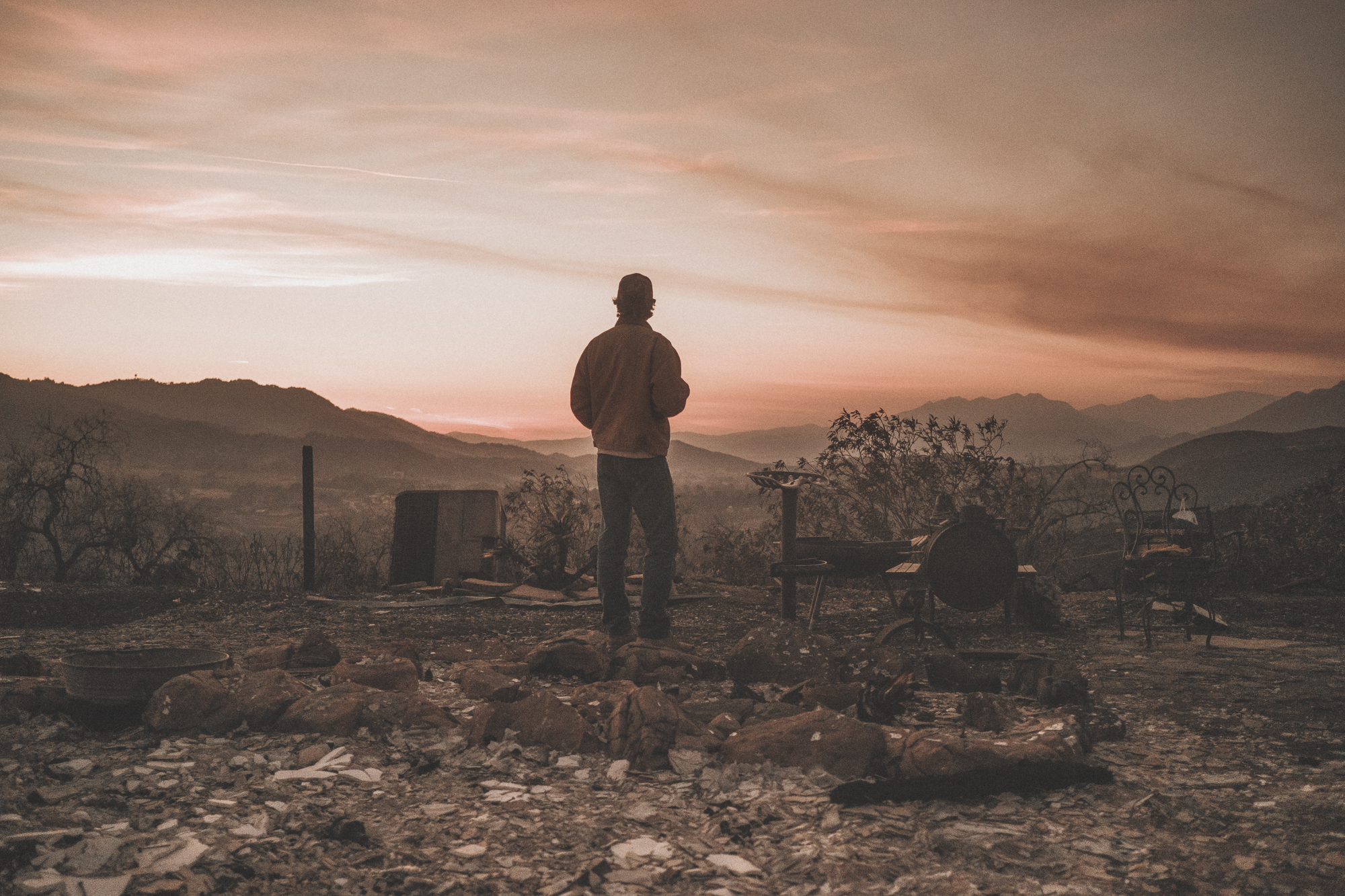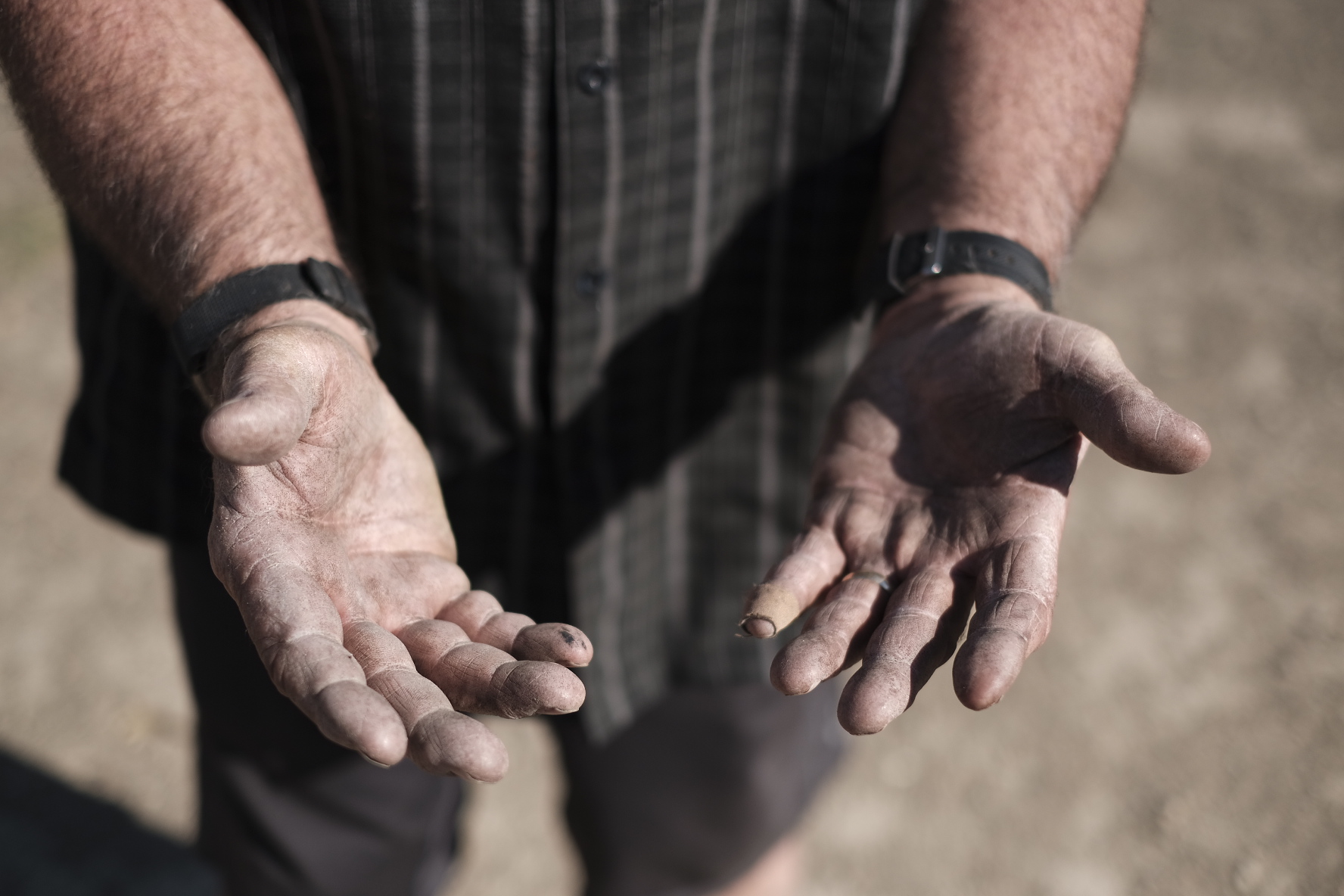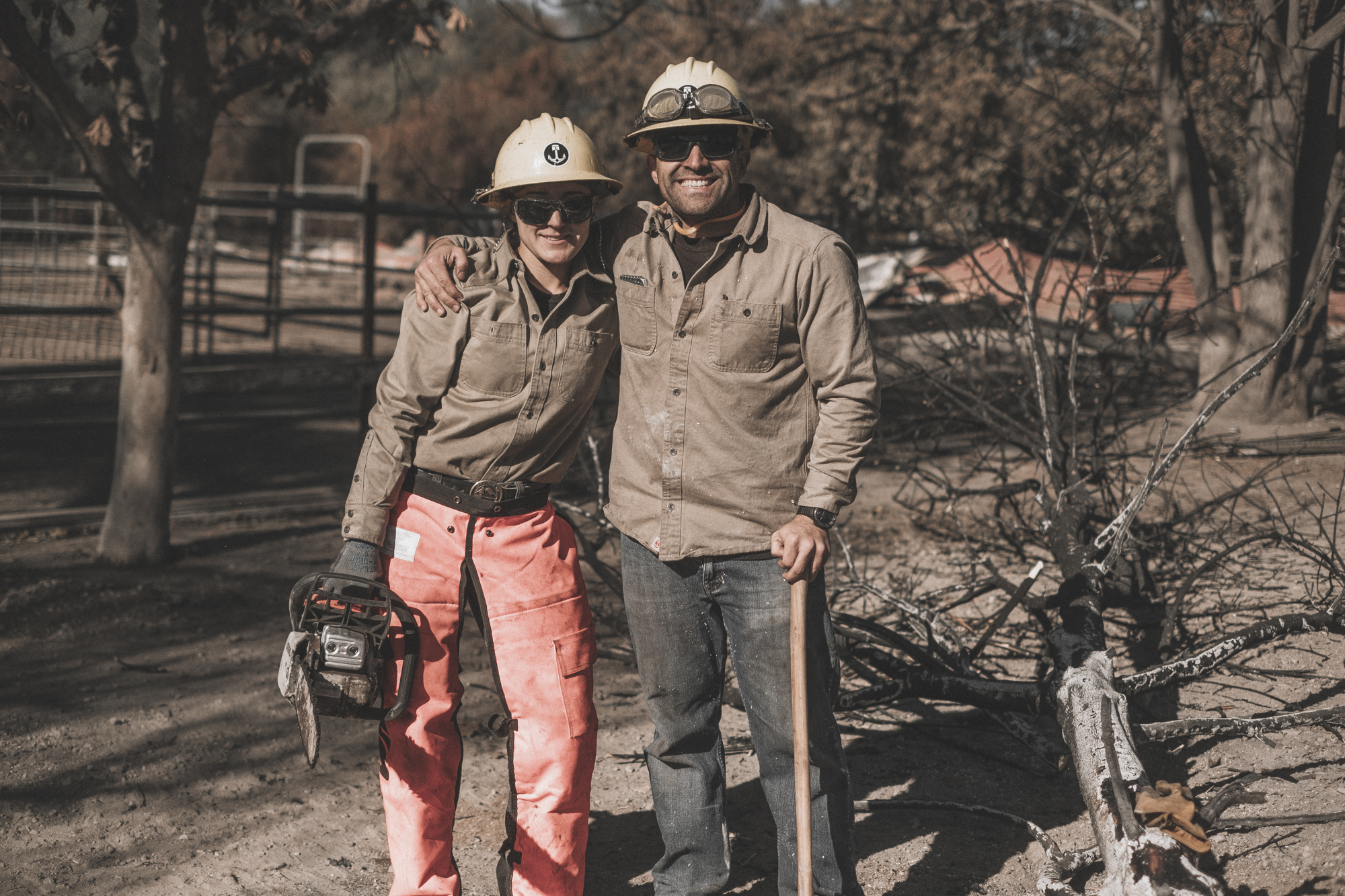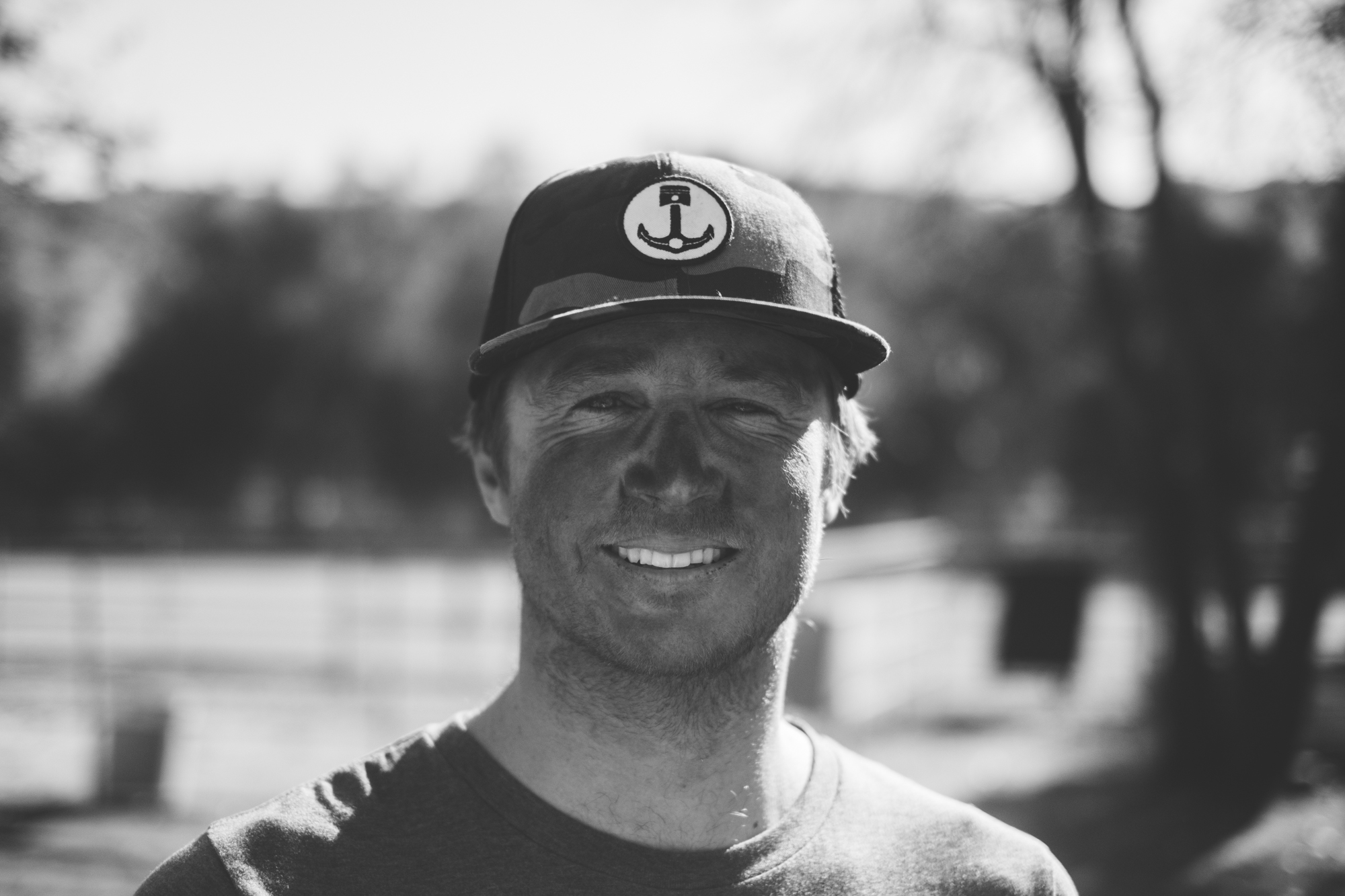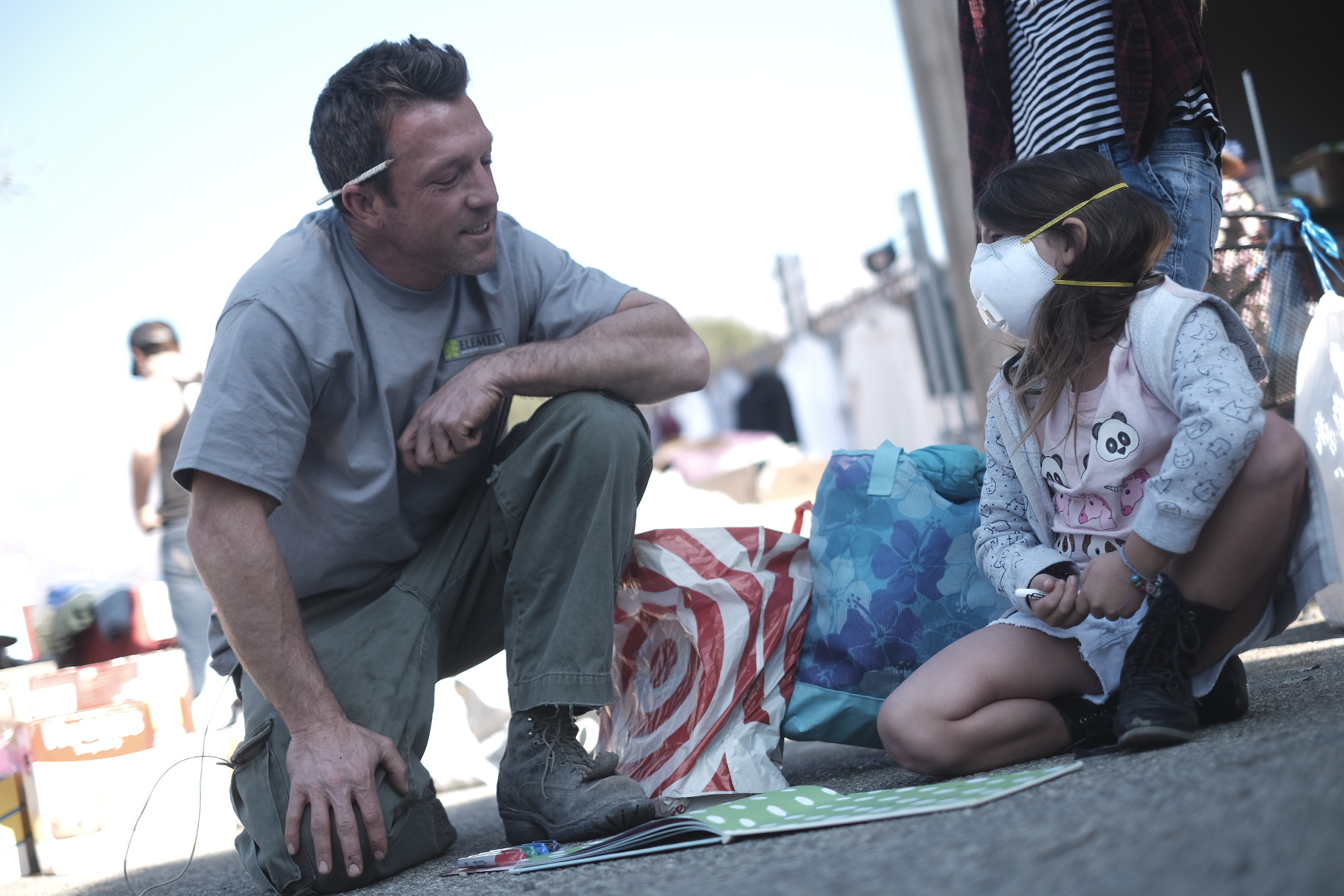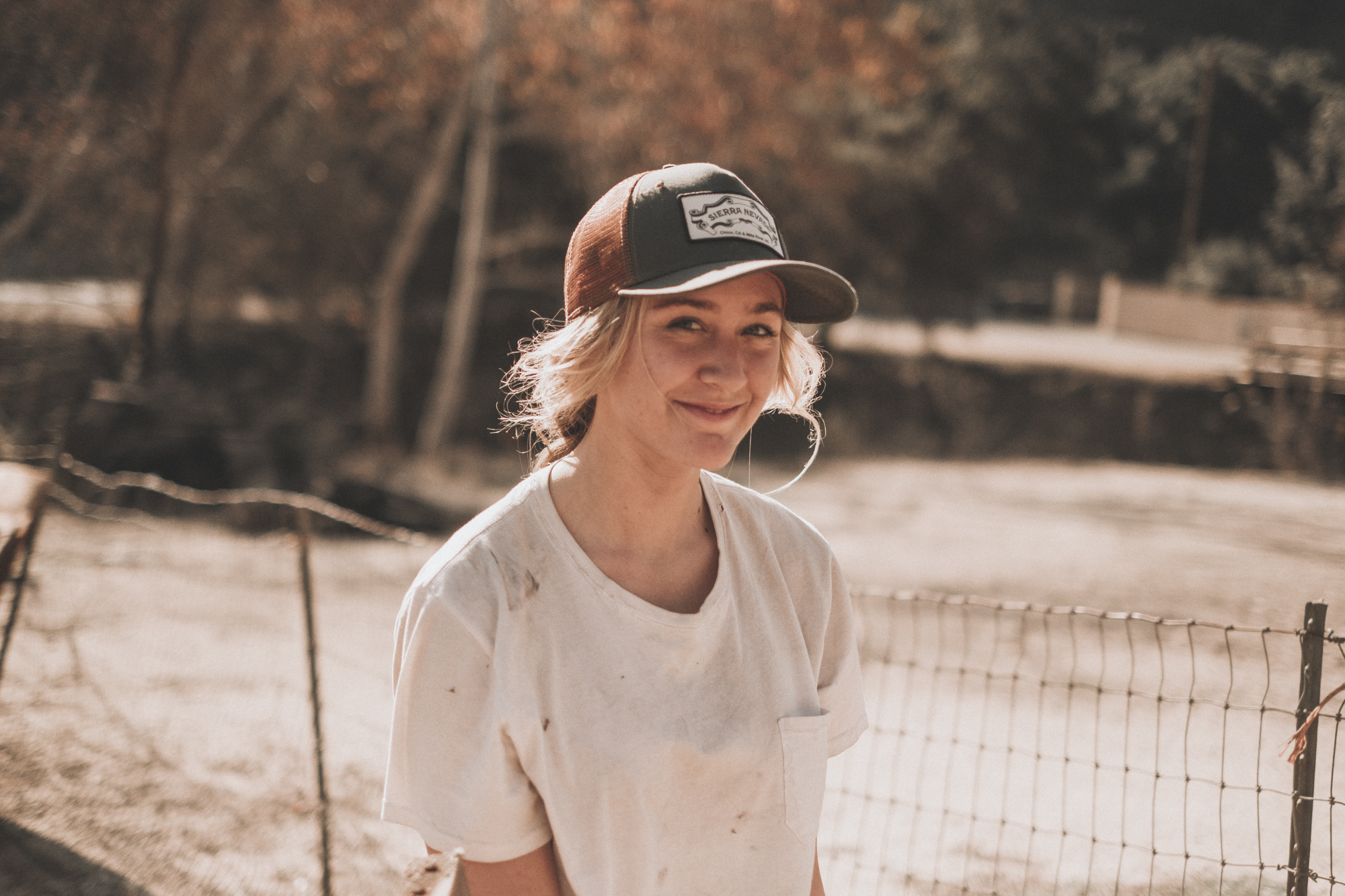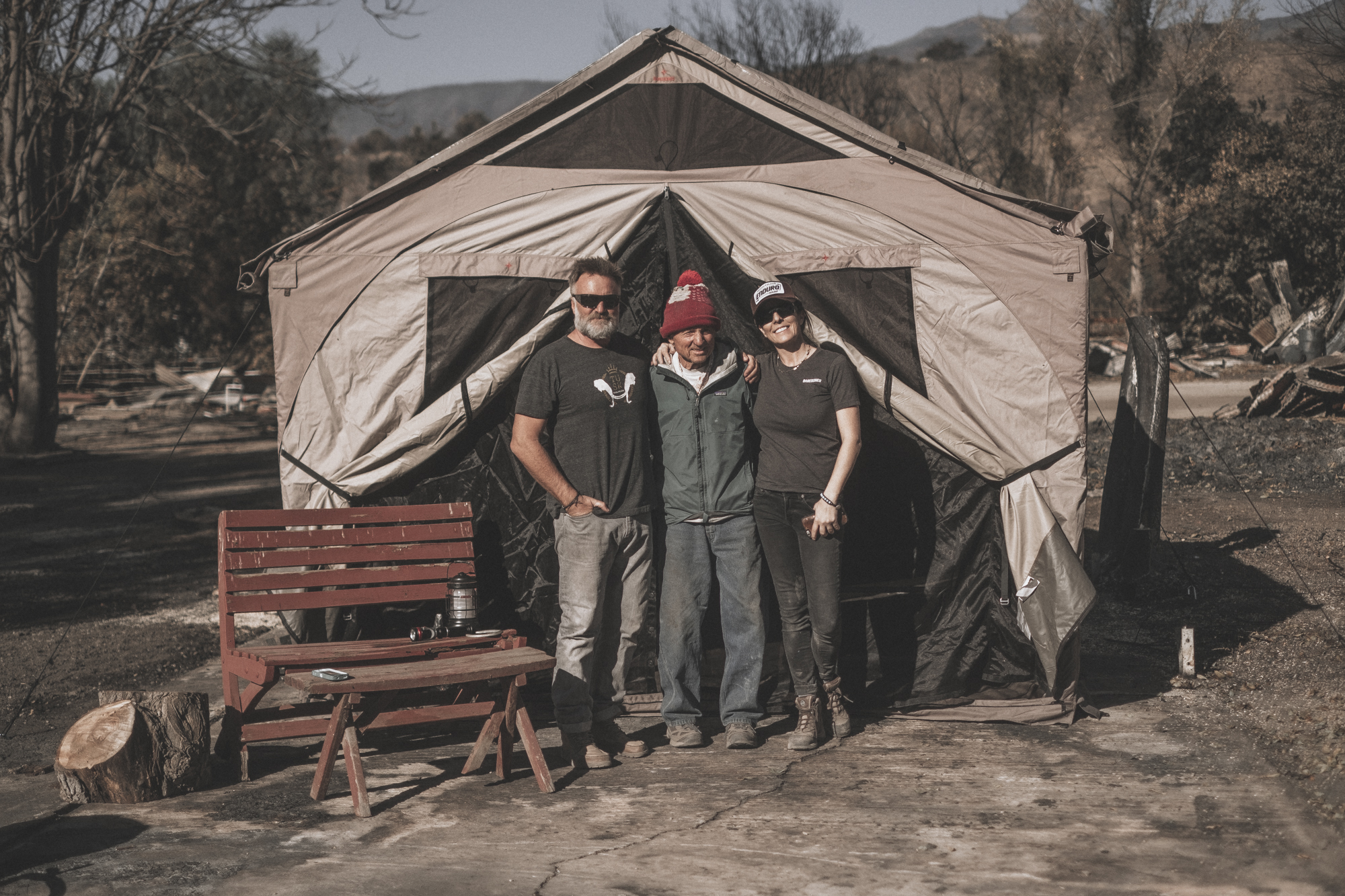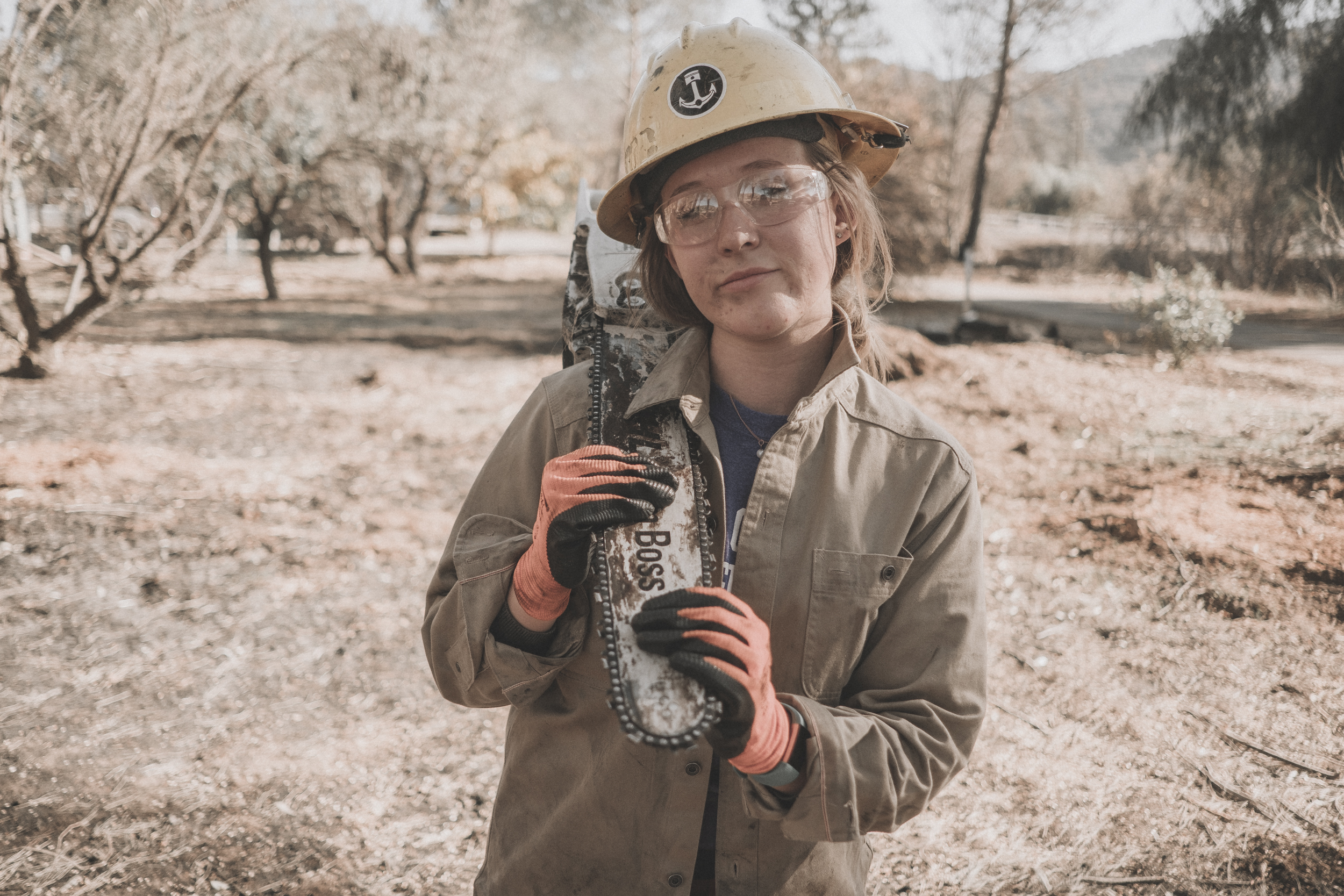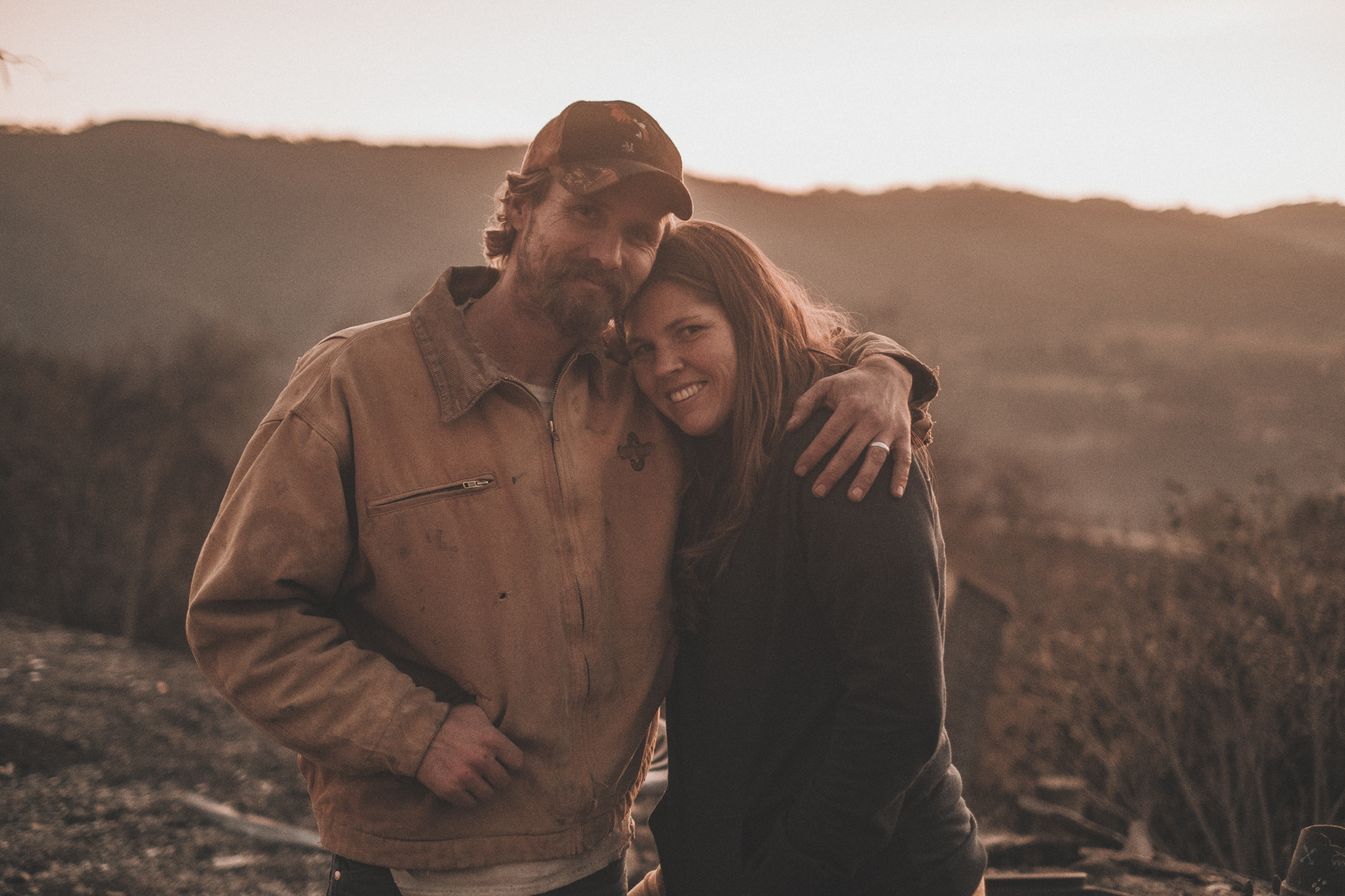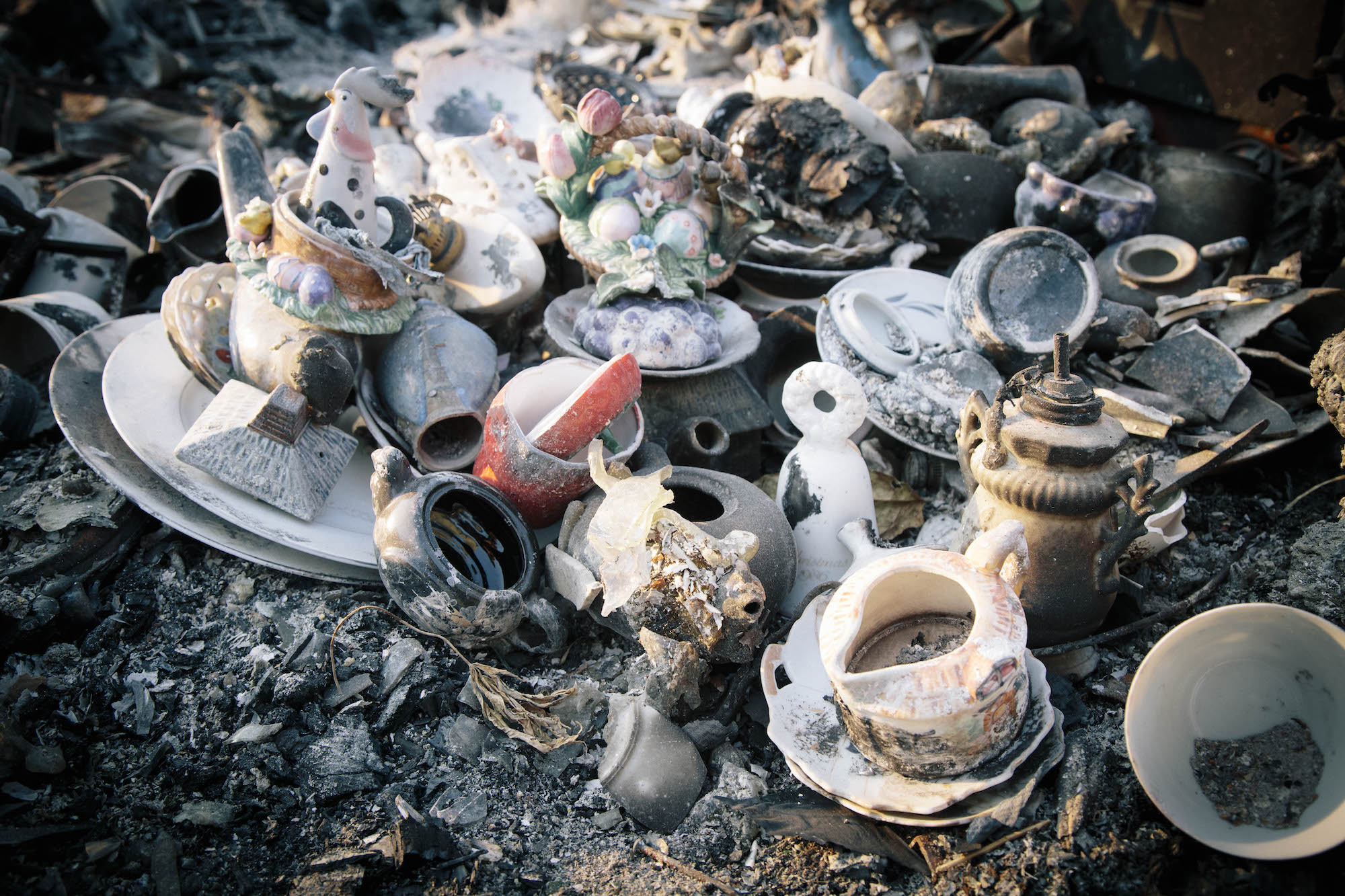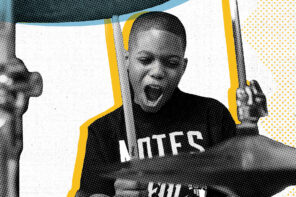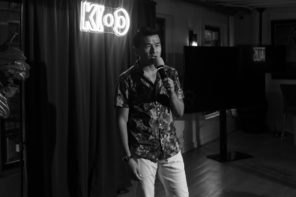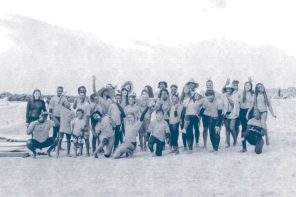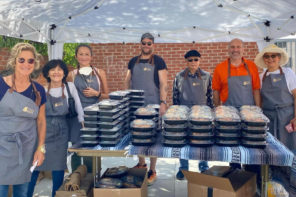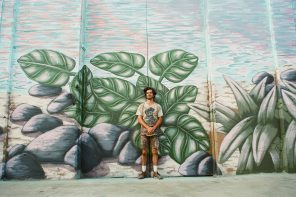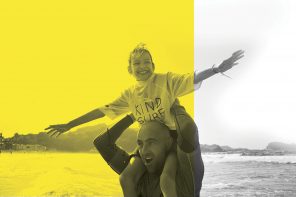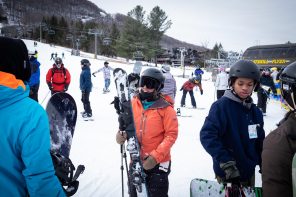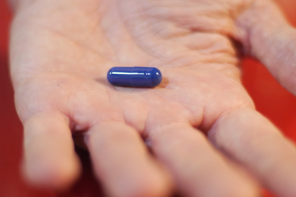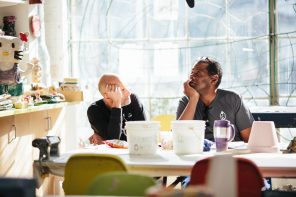In the immediate aftermath of two of California’s most historic back-to-back disasters, resilient neighborhood volunteers sowed seeds of healing and recovery through a direct action organization called Help California.
Photos by Dylan Gordon and Trent Stevens. Videos by SeaLevelTV/Beth O’Rourke
On December 4, 2017 at 6:25 pm, fueled by an overabundance of drought-parched vegetation, single-digit humidity, and some of the most powerful Santa Ana winds the National Weather Service has ever clocked in the region, the turbulent, destructive path of the Thomas Fire ignited in Santa Paula, California, 65 miles north of Los Angeles. Even seasoned wildland firefighters claimed that they’d never before seen such erratic fire behavior. On that first night, it charged west towards the ocean, up and down twelve miles of steep, rugged mountains and canyons faster than anyone could have predicted. In a matter of five hours, walls of flames and shooting embers bore down on the small hamlet of Ventura, California. By midnight, residents ran from their homes with only the clothes on back, kicking neighbor’s doors down to rouse them from what would otherwise have been a deadly sleep.The fire could not be completely contained for 40 days. But between December 4 and January 12, according to the U.S. Forest Service, the fire burned through a stunning 281,893 acres, damaging or destroying in excess of 1,250 structures, mostly homes.
Beth’s Story
Beth O’Rourke, a Ventura-based filmmaker, recounts her experience on the first night of Thomas Fire and her subsequent efforts to help those impacted by the fire through fundraising.
Just as the sun began to set, I rose from my desk after a long day of work, looked outside my window and decided I’d go for a swim with my camera. The wind was onshore with wispy clouds on the horizon—not so great for a surf. I could see some spectrally pure colors beginning to emerge from the blue of the horizon as I waded into the surf, pulled on my fins, licked my lens one last time, and began moving out into deeper water.
As I swam south around a long jetty, I noticed Dimitri jumping off a rock with his surfboard. I didn’t expect anyone else to be out due to the crummy conditions, so it was a nice surprise to have a subject to shoot other than waves, sky and birds. As the sun sank to the horizon, the wind suddenly switched 180 degrees to a very strong offshore. The wave lips began feathering with golden light, spray flying wildly off the backs of the crests. The gulls became erratically active, soaring high then swooping low to the water. I noticed a palpable change in the energy all around me. The infamous “Devil Winds” had arrived, notorious for fraying nerves and fanning wildfires.
In a short few hours, my phone would emit a troublesome emergency tone accompanied by an ominous and vague warning: “EMERGENCY ALERT: FAST MOVING BRUSH FIRE BETWEEN SANTA PAULA, VENTURA, OJAI.” Shortly thereafter, Ventura would lose power. The moonless darkness cast over the city coupled with the howling wind compounded the eeriness of the evening.
If you had told me that this fire would explode into history and in a little over a month’s time mudslides would destroy lives and homes in Montecito, that I’d be at Iron & Resin Venice with benefit film screening in partnership with AllSwell Creative just a few weeks later in support “Help California” to help devastated communities rebuild, I’d look at you like you’d lost your mind.
Then I climbed up to the roof of my house. I witnessed the firestorm charging over the hills. My mouth went dry, and my stomach dropped to my feet. That’s the moment I knew that my community was in grave danger. I yelled down to my son to get the dogs in the car and pack a bag.
Beth Talks to Thom
An Interview with Thom Hill, Founder of Help California
Help California was rapidly forged in the crucible of California’s most infamous blaze. Beth spoke with Thom Hill, lifelong Ventura resident and co-founder of Iron & Resin, about how the organization came to be.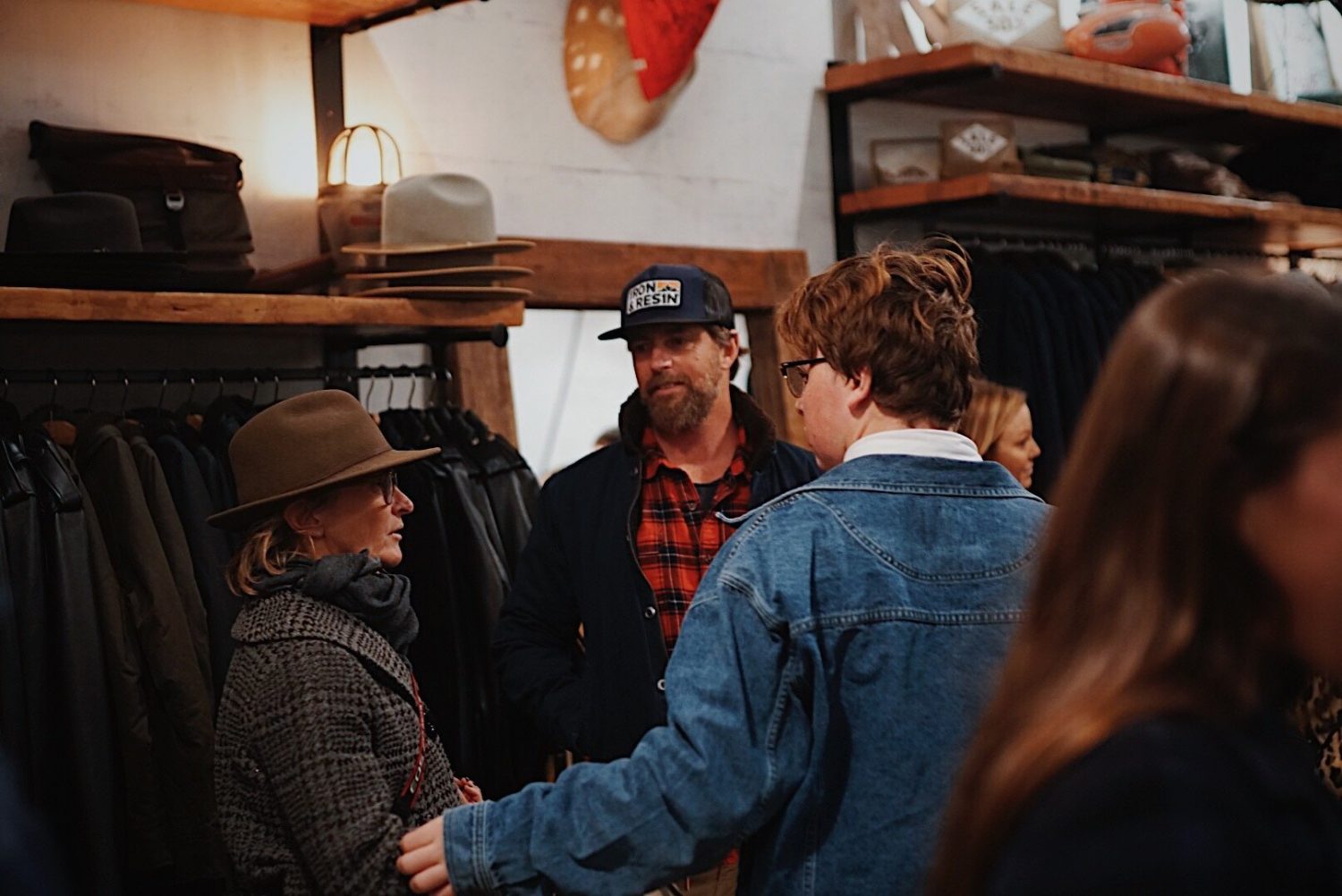
Help California Fundraiser at Iron & Resin
Beth O’Rourke: Tell me about what happened in your life on the night of December 4.
Thom Hill: I was in the air on my way back from Milwaukee. I landed at LAX at around 10:30 pm and my phone was just blowing up. I don’t know how many text messages I had from friends who live in Santa Paula asking if I could bring a tractor trailer up to help them get out. I was texting people back saying, “I’ll be there.” In the two hours it took me to get from LAX to Ventura, they had already evacuated and fire was well on its way to Ventura. I was in total disbelief. I couldn’t believe that the fire could travel that far, that fast. As I came over the Conejo grade on the 101 freeway, I saw that the entire distant hillside was on fire. At that point, it hit home that this was going to be a massive fire. As I got closer to Ventura, the hillside neighborhoods were already engulfed in flames.
There was crazy wind-driven fire all around me.
BO: Were you worried about your family?
TH: My family literally had five minutes to get out before I got there. My kids were calling me around midnight, hysterical and desperate, asking me to try and go up to the house and find the cat. I drove up and there and there was crazy wind-driven fire all around me. I searched for ten minutes — all the time I had before it became too dangerous — and couldn’t find the cat. Then I drove through downtown Ventura, the air thick with black smoke and everything burning on the hillside. It was apocalyptic.
BO: Did you get any sleep that night?
TH: Not really. I remember going to bed around 2:00 am, not knowing what I was going to find in the morning. At 6:00 am the next day I woke to very thick smoke. We went up to the place where we keep our horses and that was all on fire. Thankfully somebody had evacuated them, since the fire had jumped Route 33 and was heading north towards where I currently live in La Conchita. The wind was still gusting hard so we knew that we’d have to jump in and help evacuate livestock and other horses where we live and prepare for what we knew was coming. Our first priority was trying to get our own selves and animals out of harm’s way.
The wind was still gusting hard so we knew that we’d have to jump in and help evacuate livestock and other horses.
That entire day was more or less spent evacuating animals and getting what we wanted out of our own house. We got the last horse out of there, hosed down the house, locked everything up, drove away and hope for the best.
The next day when we came back the entire area around our community was burning and our ranch was on fire. Most of the people in town had evacuated and there was emergency personnel putting out spot fires. We’d lost some trailers, outbuildings and some small vehicles. We spent that day around our home, putting out spot fires and making firebreaks. We had friends and strangers — people that we’ve never met before — show up with boots and gloves and shovels, asking what they could do to help. We all worked well into the night, clearing land and creating firebreaks to keep what hadn’t burned safe.
BO: What a moment that must have been, to have people you’d never met just show up in the most critical time and selflessly help others. That must have been a deeply moving experience.
TH: Definitely. All those folks really helped us get through the night, which was a terrible 24 hours. That was really the impetus for pulling some people together to go help some someone else in need because at that point we knew the fire still had weeks before it was contained. So we spent the next two or three days going into affected areas to help people we knew were in harm’s way, whether it was helping them evacuate or helping them clear debris or helping them get important things out of their house before the fire got there. During that time, we had more and more people reaching out to us, wanting to roll up their sleeves and do whatever they could to help.
That was really the impetus for pulling some people together to go help some someone else in need.
We started to organize some relief teams and reached out to brands that we work with for goods and donations and set up a donation center facility that offered supplies for those who’ve lost everything. Then we quickly mobilized strike teams to go up and help in areas that were pretty resource-poor like upper Ojai, where they just didn’t have a lot of emergency responders. Thankfully, members on our team had fire experience and they were able to go in there and be really safe and effective and help those in desperate situations. It was really a knee-jerk reaction, but we immediately recognized that we should take advantage of the position we’re in and tap into all our resources at hand to support the community.
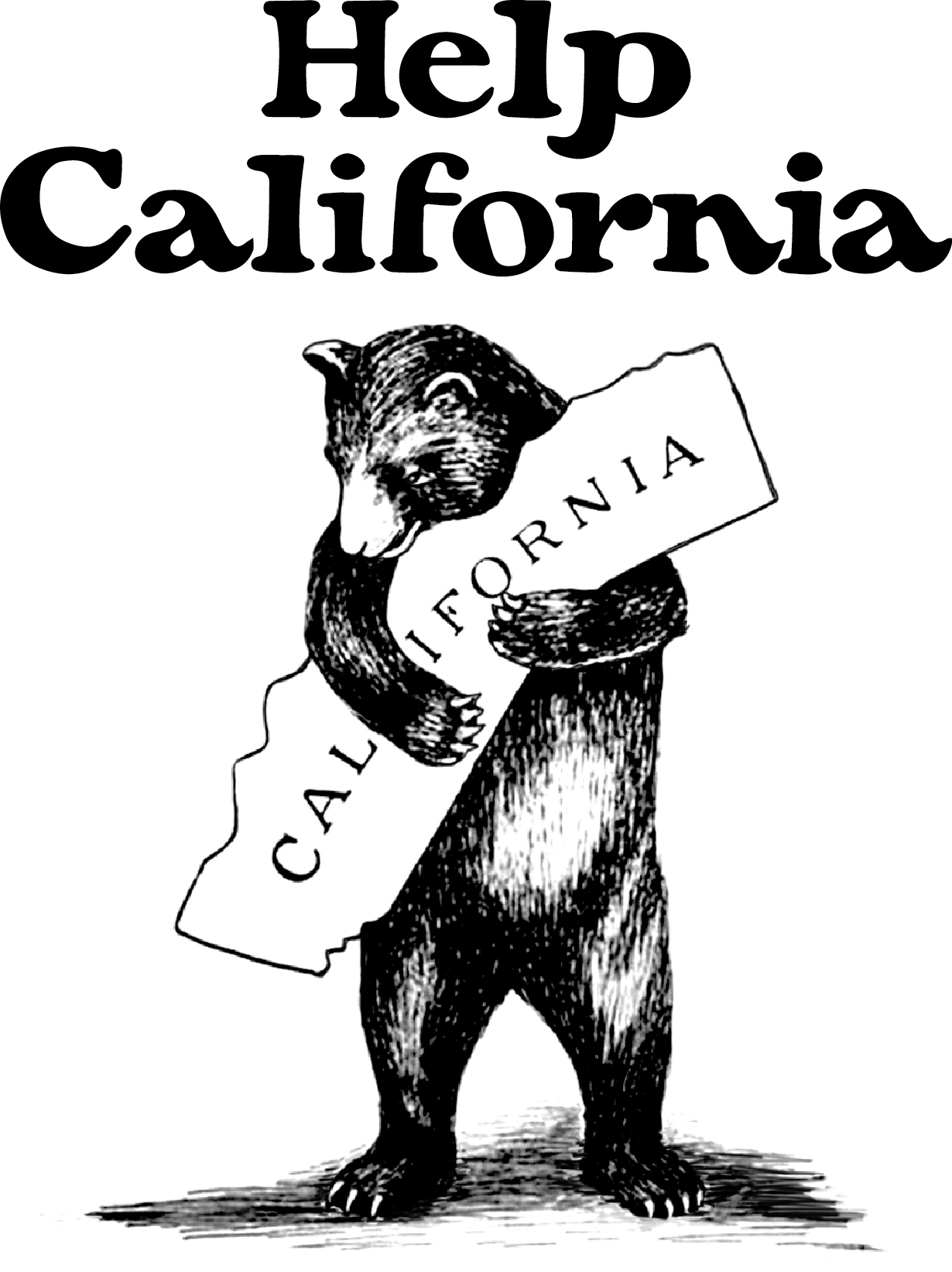 BO: Was that the birth of “Help California?”
BO: Was that the birth of “Help California?”
TH: Absolutely. From the very beginning, “Help California” has been a 100 percent volunteer organization. People just showing up to help us get through that treacherous first day was a turning point. That lifted us up and gave us the ability to help someone else. We thought, “Let’s empower neighbors so then they may help their neighbors and create a groundswell of support.”
BO: So you guys went for it right away. Were there other organizations out there taking immediate action like you?
TH: We saw a need and there wasn’t an organized effort at that point. So many people wanted to help immediately but nobody knew how or what to do. Most people don’t really have any reference point for disasters. There was a Red Cross shelter at the fairgrounds and some other evacuation centers, but other than that it was pretty chaotic and unorganized.
We were in the midst of a huge, out of control fire and in a position to do something about it. Because we have an existing business in the outdoor industry, we have a large social and professional reach. We knew brands that we work with every day could provide things that would help people. We were in a position to tap into our partnerships so we asked and they stepped up in a really huge way. That’s when we rented the space next door to our store, where we could facilitate a donation center and give people a place to come who’ve lost everything. It was really just a knee-jerk reaction and an easy thing for us to do.
BO: We really had a heavy one-two punch: first the Thomas fire then, only a month later, the Montecito mudslides. Seem like resources are needed now more than ever.
TH: Yes. Unfortunately, it was just back-to-back, condensed into almost one disastrous event. The torrential rain that dumped right on the burn scar above Montecito just compounded the situation.
We had so many volunteers and people come down from Santa Barbara to help us in the midst of the fire. Then to have them go through what they immediately after the fire is even more tragic. So many lost their lives — it’s an awful situation.
Right now we’re helping the community-based, very well organized “Bucket Brigade” in Montecito. This is an example of another way for us to operate: tying in with other groups that are already organized and structured. They just need manpower and work crews to go in and assist them in areas that they’re working and that’s just what were there to do.
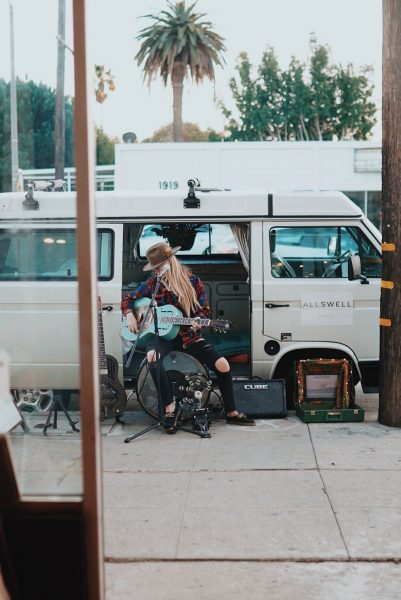
Help California Fundraiser at Iron & Resin
BO: Looking back on the whole ordeal, even though it was one of the most gnarly experiences of your life, what are the bright spots?
TH: We were so fortunate to have had a lot of people come to us with experience who either work fire crews or saw crews or just young strong guys and women who wanted to help. Or, you know, just put some put some muscle into getting people back into their homes clearing land—those sorts of things.
I’ll leave you with this final story: One guy who had come to us had lost everything. He’s a teacher who lived in Hawaiian Gardens, a huge apartment building that burned down here on the hill Ventura. They had to run out of the burning building with only the clothes on their backs. Everything was incinerated, even his old 1980 truck that was parked in the garage, his transportation back and forth to work. And so we had somebody come to us who wanted to facilitate getting him a car. So we got him a new car and he was able to get to work and have some normalcy back in his life. Then a week later he came to us he said, “Hey, how can I help?”
Then a week later he came to us he said, “Hey, how can I help?”
His partner worked for a company here in town that wanted to facilitate a donation to a family with a special needs child, so we reached out and found a family that had lost everything in the fire. Their son needed very costly custom glasses and shoes. And so we were able to put those two together. They wrote the family a check which provided the family things their son needed to feel less impacted. That kind of typifies what we’re trying to do—empowering our neighbors to help their neighbors and in turn and just pay it forward. It’s was amazing to see somebody who’d just lost everything become somebody who helps others that lost everything. This type of action takes the feeling of helplessness away.
BO: How can people outside the community support Help California?
TH: For people who live nearby, that the best way to help is to show up. If you follow us on our social media or our website you can see what we’re up to. If you’re not able to provide boots on the ground assistance, we gratefully accept donations. Your money will go directly to the families who are most in need of assistance. We will also use funds to purchase tools or materials that we need to help people rebuild their lives.



